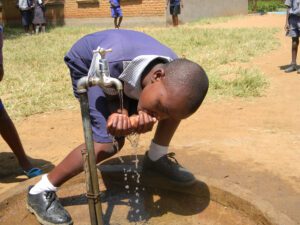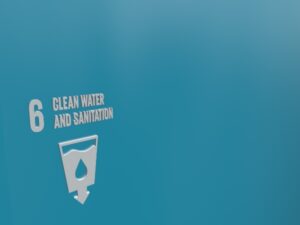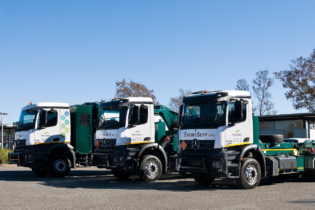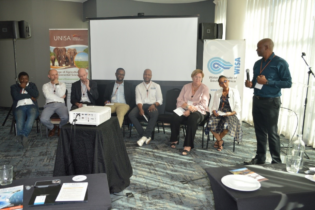The UN is excited by South Africa’s SDG 6 organisational structure that increases collaboration with other government departments and agencies responsible for other SDG goals. It is one of the best worldwide and had been made available as an example for other countries to emulate.
As our local custodian of water resources, the Department of Water and Sanitation (DWS) is the leading agent for SDG 6. All the planning, collecting of data and reporting completed for SDG 6 is the responsibility of the Minister of Water and Sanitation, Mr Senzo Mchunu. Reporting is coordinated through Stats SA as the custodian of statistical information of our country. SDG 6 contains eight targets, all focusing directly on water services (including sanitation) and water resource management. “The DWS has developed the SDG6 Working Group (SDGWG) to coordinate activities related to the eight targets of SDG 6, and the inclusion of the other 16 SDGs. It comprises thirteen Task Teams (one for each Target and five cross-cutting). This will improve the implementation of SDG 6, as well as offer support with the other 16 goals that have links to SDG 6,” explains Mark Bannister, chief engineer and SDG 6 coordinator at the DWS.
- Interrogate and, where necessary, further develop or domesticate methodologies for reporting on the SDGs.
- Collect data and report on trends towards achieving the SDGs.
- Provide inputs to country reports and other SDG reports by researchers.
- Monitor the current status and quantify the target gaps towards achieving the 2030 goal.
- Identify potential interventions/tangible projects for the sector to implement in order to close gaps.
- Ensure sector alignment between the National Water and Sanitation Master Plan (NW&SMP) and SDG 6.
- Support water and sanitation needs of the other 16 SDGs.








